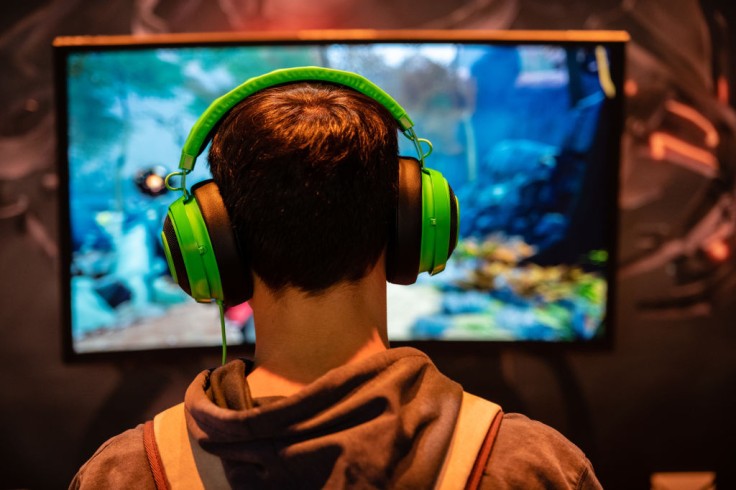
A monitor is one of the most important pieces of hardware for any desktop computer. With it, you can see what you're doing digitally and on the world wide web, allowing you to play games, watch videos, and work.
Gaming monitors give this function one step higher, allowing users to view things with them at a much higher quality and frame rate compared to the ones used in everyday life.
However, choosing a gaming monitor can be tricky even for the experienced. As such, here are the qualities you must know about that new gaming monitor you want to get.
High Refresh Rate
If you want to see smooth movement and animations being displayed, you'll want to have a high refresh rate to match your computer's output. According to Intel, a faster refresh rate lets you take advantage of higher frame rates. Regardless if you are a casual or pro gamer, you'll want to get the highest possible refresh rate that your budget would allow.
For a casual gamer, a high refresh rate means they can get buttery smooth animations and movement. The same is true for pro gamers, but the additional frames of a monitor with a high refresh rate give them an edge as it can give more visual information per PC Monitors.
This additional visual information could spell the difference between victory and defeat, especially in FPS games that require split-second decisions.
You'll also want a good refresh rate to avoid "ghosting," which is a monitor issue mostly found in LCD monitors caused by a low refresh rate and a high response time or vice versa.
Adequate Screen Size And Resolution
Having a big screen may be a good thing for televisions, but for a PC gamer, that isn't necessarily the case. According to We PC, a 24-inch or 27-inch monitor is the ideal size for a gaming monitor as it is enough for you to see everything at once without moving your eyes much.
Getting this monitor size can help you save money, as an increase in monitor size almost always denote an increase in its price.
Curved monitors do look classy and may provide you with a more immersive experience, per Tom's Hardware. However, unless you have the budget to back the purchase of one, it is best to stick to a flatscreen monitor.
High Dynamic Range (HDR)
Although optional, having a monitor capable of providing HDR can provide a "drastically wider" range of color variation, allowing for the display of a better picture.
The reason for this is that the feature consists of a "strong contrast performance" and "vibrant color output" from an appropriately used wide gamut,
However, according to PC World, this feature is heavily reliant on the monitor's brightness. If the monitor you bought is HDR-capable but only has less than 1000 nits of brightness, then the feature won't do you any good.
The Right Panel Technology
Choosing the right panel technology for your gaming monitor for you is crucial if you want to have optimal gaming pleasure and a great return on investment.
There are three panel types currently in the market:
- In-plane switching (IPS) - has better viewing angles and color accuracy than the other two. However, monitors with this panel technology have a slower response time to the next panel type.
- Twisted nematic (TN) - the most budget-friendly of the three due to it offering an acceptable level of viewing angles and color accuracy. However, TN panels have the fastest response time among the three, and as such, they are a wise choice for fast-paced, competitive, and multiplayer games.
- Vertical alignment (VA) - the middle ground between TN and IPS. This panel technology offers better color accuracy and viewing panels compared to that of a TN panel but is not as good as an IPS panel's. According to BenQ, however, their response rate is slower than IPS panels, and as such, they could display trailing and ghosting.
Correct Ports
Last but certainly not least are the ports a monitor offers. Getting this wrong can cost you big time, so check what your gaming computer needs before choosing a monitor.
Most monitors have at least one HDMI port to plug an HDMI cable into. However, the HDMI port is not always available if you're connecting your monitor to another device, like a gaming console.
As such, you'll need an alternative port or another HDMI port to get yourself sorted. Some monitors may offer DVI and VGA ports that will provide an alternate means to connect your monitor to your computer. Just remember that using these ports has its advantages and disadvantages.
Read also: Gaming Laptop vs Gaming PC: Which to Pick?









